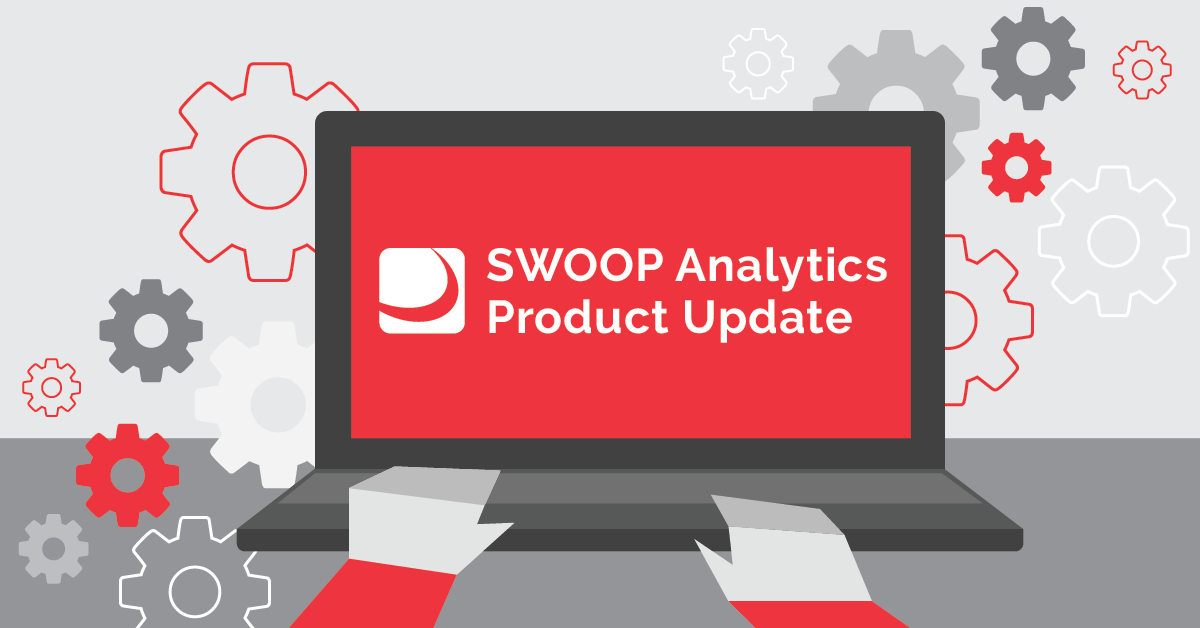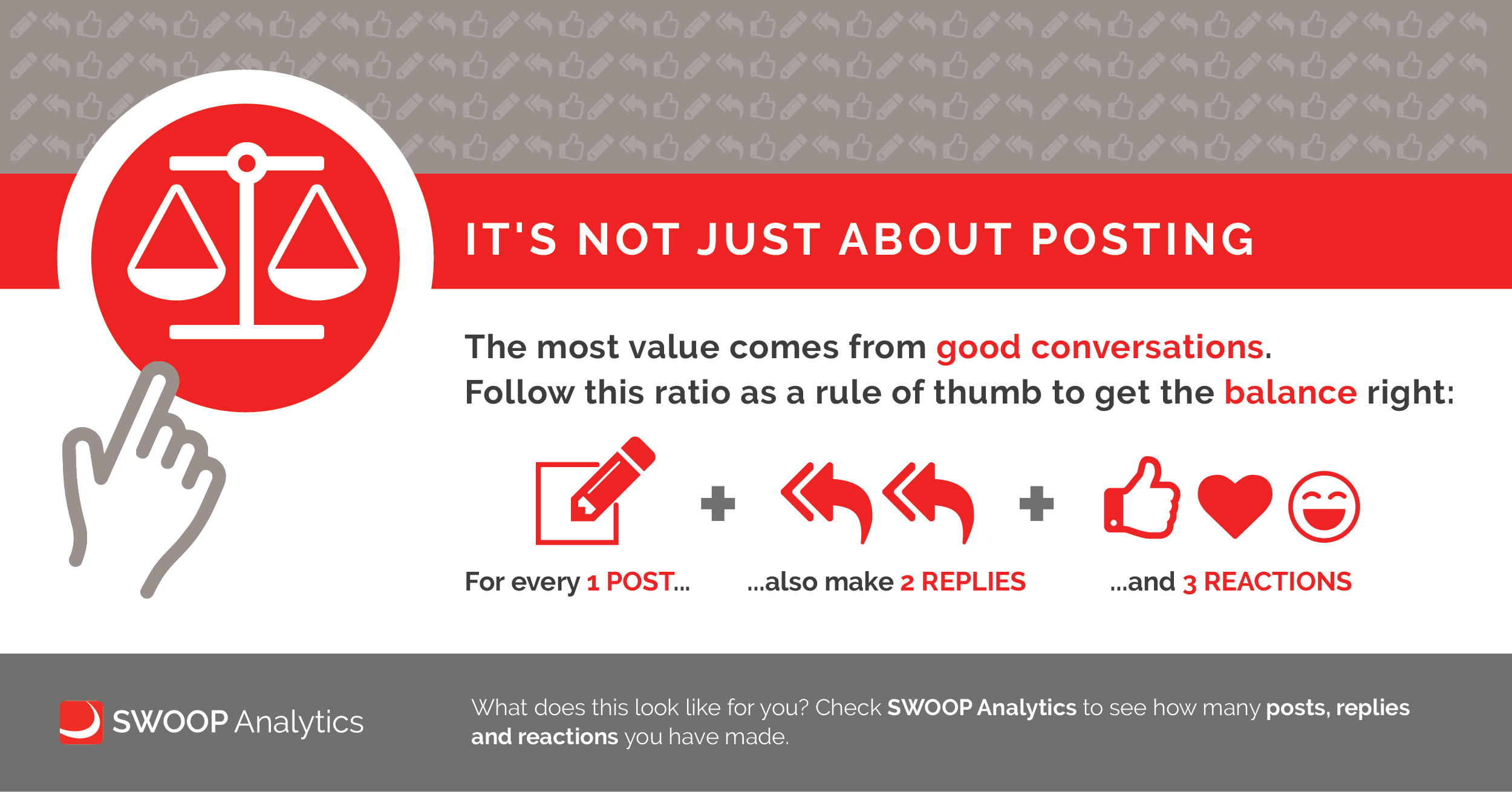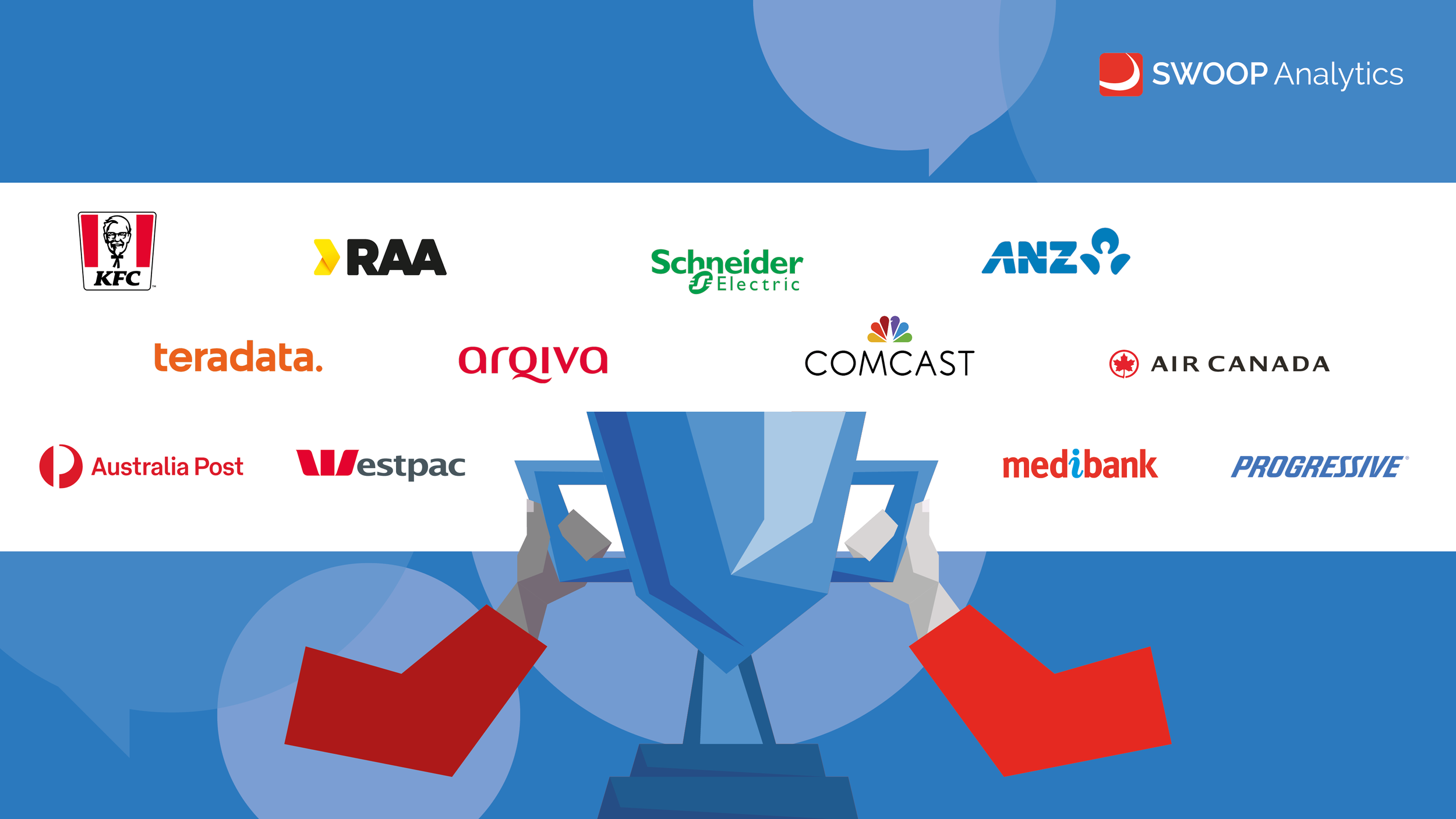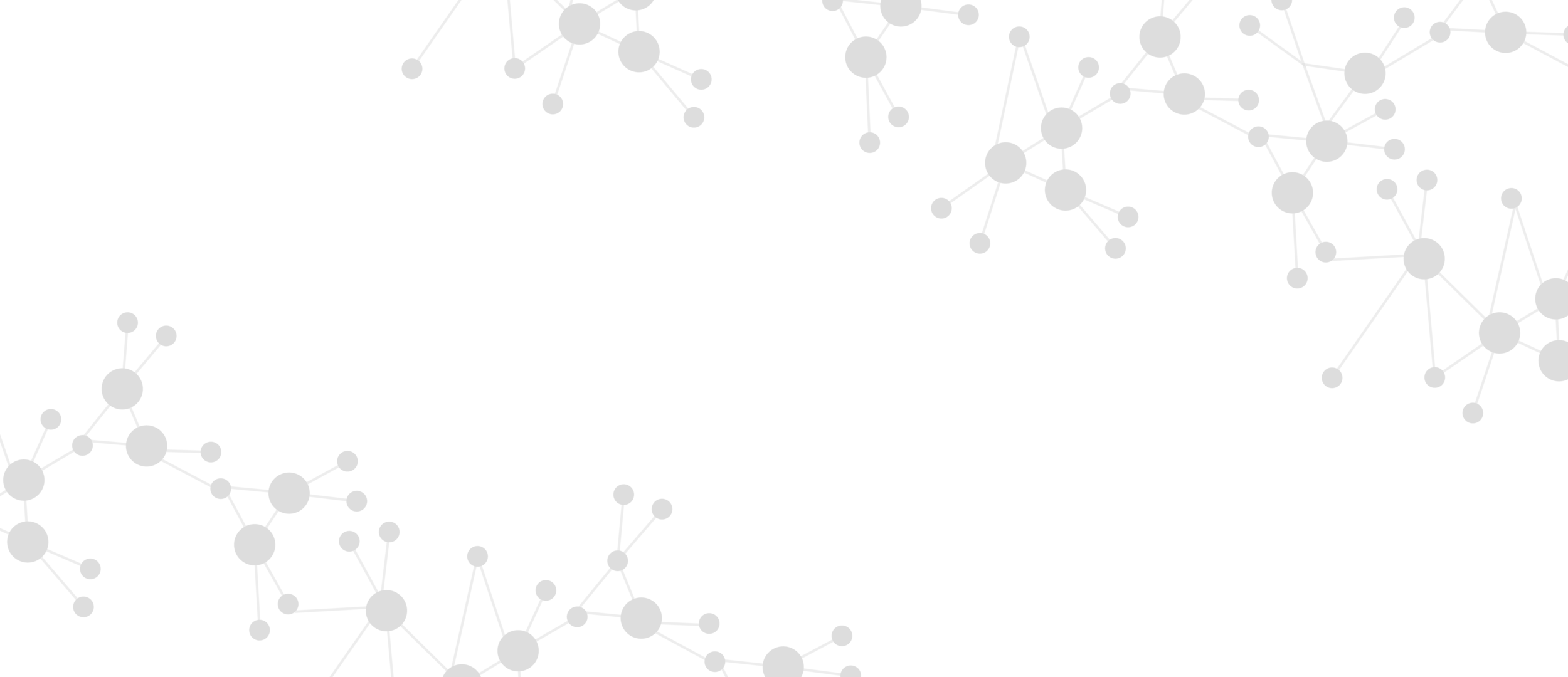
SWOOP Blog
Latest Articles
Blog Archive

Nothing’s new – yet it’s all new: Reflections from SWOOP Chat ’18 (APAC)
Last week we held our inaugural SWOOP Chat ’18 in Sydney which brought together expert practitioners, researchers and thought leaders from across Australia to further nurture and build the community of people who are wanting to drive business performance, employee engagement, conversation and collaboration within our organisations.
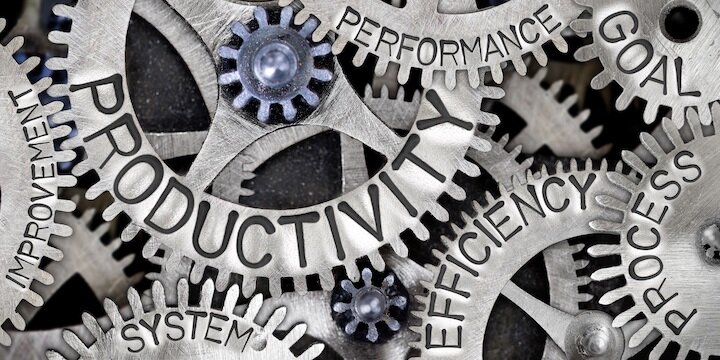
Productivity = Effectiveness + Efficiency: Measuring Effectiveness with SWOOP
Today the technical and business press is filled with stories about the productivity gains available through a digitally disrupted workplace. ‘Bots’ have replaced ‘Apps’ as the ‘must have’ technology gadget. We like Bots because they promise to take away the drudgery of dealing with mindless bureaucratic work processes, freeing our time for tasks that can employ our full intellectual selves. But we always have to remember that productivity has two parts; Effectiveness and Efficiency, or as I like to frame them: ‘Doing the Right Thing’ and ‘Doing it Right’. And of course being extremely efficient doing the ‘wrong’ thing is just a waste!

You’ve created a Team on Microsoft Teams: Now What?
You created a team on Microsoft Teams and you probably found the ‘Create Team’ experience was as simple as can be. Hopefully you spent a bit of reflection time before you completed the ‘Description’ field, as it just might end up being the most important entry you will make for this team.

Are today’s boards ill-equipped to deal with modern workplaces?
As scalps continue to fall in the banking Royal Commission, it’s become clear board members need tools to give insights and transparency into company culture. Boards need to be better technically equipped to deal with non-financial indicators like a poor or ineffective corporate culture.

Peace Data Standard: A Practical and Theoretical Framework for Using Technology to Examine Intergroup Interactions
The current paper presents a theoretical framework for standardizing Peace Data as a means of understanding the conditions under which people’s technology use results in positive engagement and peace.

Now that You @Mention It…
Being ‘mentioned’ publicly has long been considered a most worthy form of praise. In war times being “Mentioned in Despatches” was a common form of recognising exceptional performance or behaviour and the term has since migrated into mainstream business. With the advent of Social Media/Networking and the @ mention popularised by Twitter, we have seen the ‘mention’ evolve to more than an instrument of praise, but also one for tagging people into an online conversation. While perhaps not as gratifying, it does send a signal from the ‘tagger’ that I am thinking of you, and vice versa.

Your Workplace is Like a Box of Chocolates: Unwrapping with AI Sentiment Analytics and Social Networking Analytics
We extracted some departmental sentiment results from a typical organisation of some 6,000 staff using Workplace by Facebook as their Enterprise Social Network, over a period of about 12 months. We looked at the average sentiment expressed between members of their own department and plotted this against the average sentiment expressed externally to other departments

Can Artificial Intelligence Help Us Tell Fact From Fiction?
It sounds paradoxical: can something artificial help us understand what's real and what isn't? Social media platforms like Facebook and Twitter are pinning their hopes on this possibility in their fight against "fake news”.

How Enterprise Social Systems Can Help Build Diversity & Inclusion
Gerald C. (Jerry) Kane, the MIT Sloan Management Review guest editor for the Digital Business Initiative recently identified that digital platforms can indeed enjoy the benefits from connecting a diverse workforce; though purposeful intervention would be required. If left to its own, digital platforms will simply reinforce the formal structure and ‘group think’ behaviours. Kane also reported “that while only about 30% of employees from companies at an early stage of digital development say that their company is collaborative, more than 70% of employees from digitally mature companies do.” In summary, the research indicates that collaborative performance is tied to digital maturity. Specific advantages from digital interventions, like increased employee diversification in decision making, required purposeful interventions and cannot be left to organic self-management.

What Real-Time Collaboration Data Can Tell Us About Gender Diversity
Do men show an unconscious bias against women at work? Are men slower to respond to women in the workplace? Are women quick to respond because they feel they need to advance their own agendas, given that men still dominate senior management levels? The answers to those questions could reveal a dynamic in the workplace that could disadvantage women.
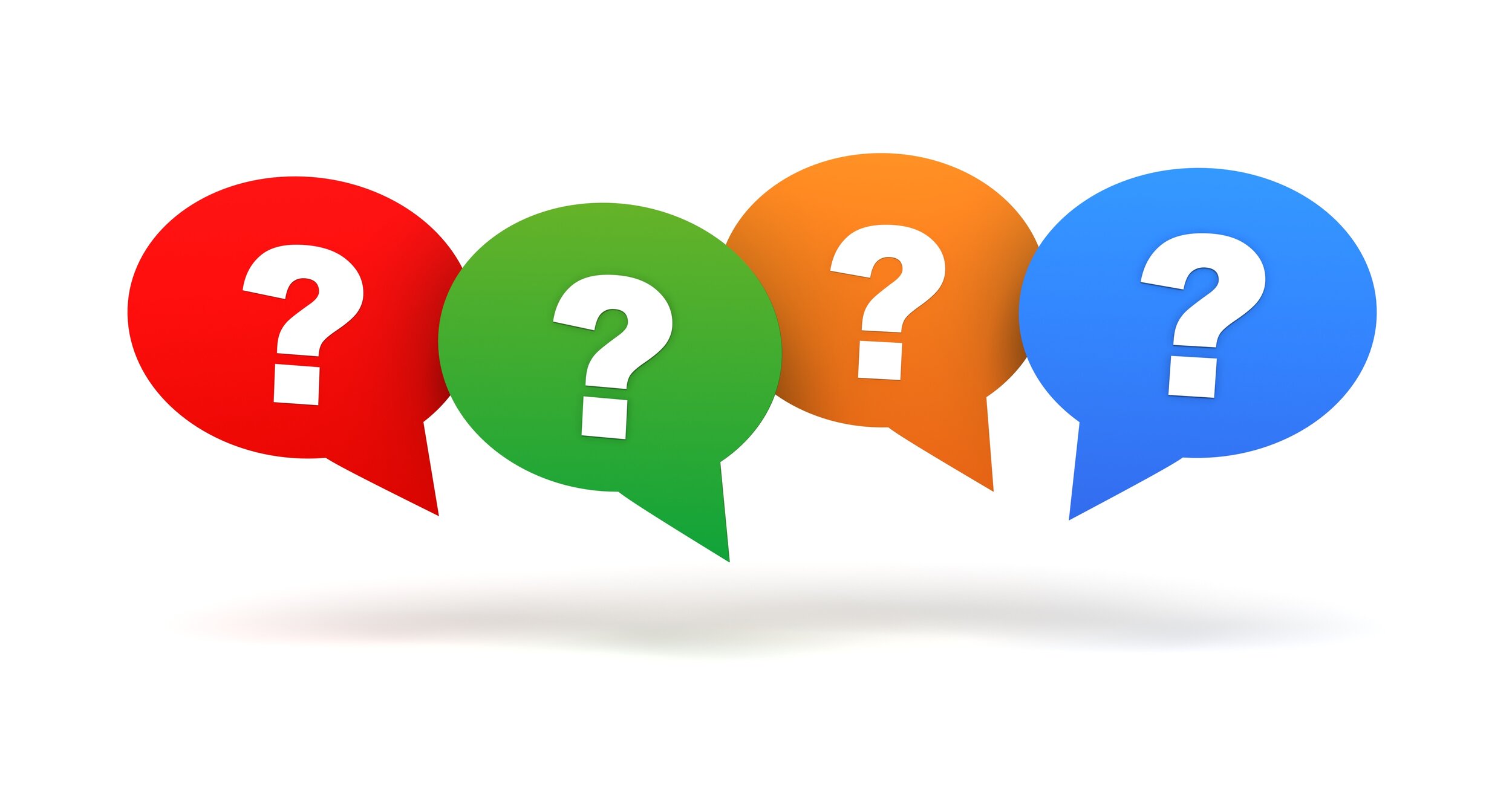
The power of the question mark
At SWOOP Analytics we examine interaction patterns between people on enterprise social networks Yammer by Microsoft and Workplace by Facebook. One of the things I have always wanted to uncover is how many questions are being asked, and what – if any – impact is made by asking questions.

How AI's Answer to Cyberbullying Can Help in the Workplace
Just as social media platforms use artificial intelligence to flag bullying, businesses can use AI to analyze discussions and improve negotiating tactics.
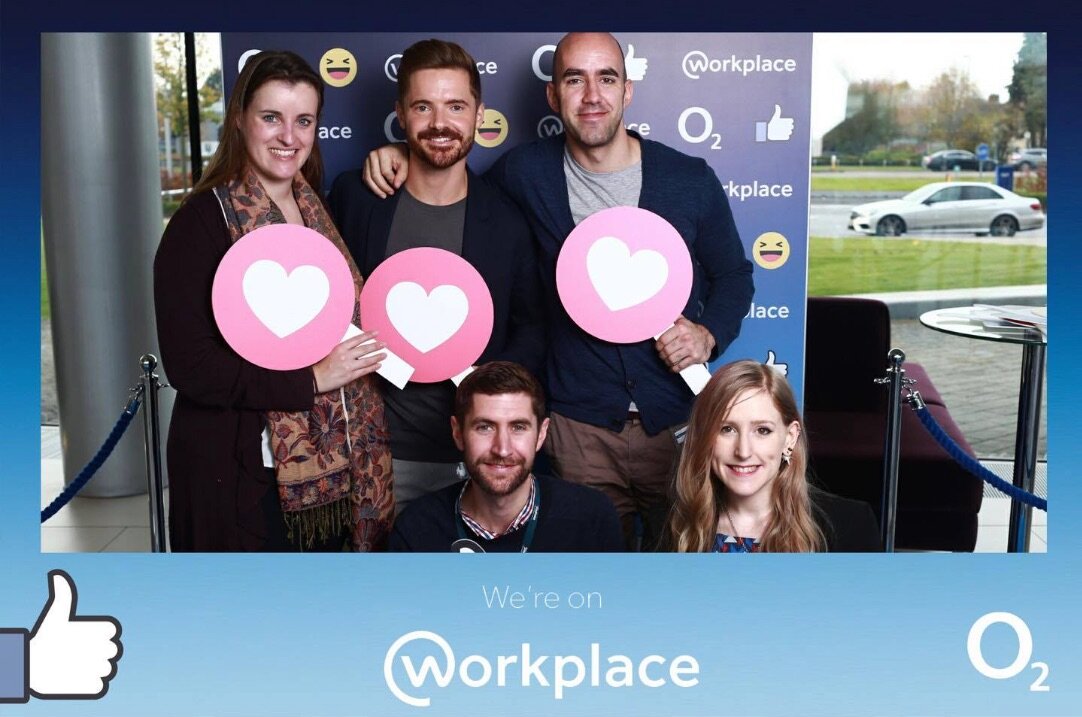
From Friends to Work Colleagues to Friends at Work: The Great Facebook Circle of Life
Do you have a core network at work? Do your colleagues have core networks at work? How dense are the networks across your whole organisation? Dense, reciprocated networks may not guarantee friendship, but friendships cannot exist without them. You will need SWOOP to find out.

How would the iPhone innovation have happened if O365 Digital Workplace was in place?
It is now more than a decade since the iPhone was launched in January 2007. Back then, much of the technology supporting enterprise social networking and the modern digital workplace was in its infancy. Much of the benefit claimed for the modern digital workplace is from the speed of innovation i.e. new ideas to value capture, that digital workplaces can facilitate. The iPhone launch of the smartphone phenomena is arguably the greatest innovation of our time and indeed a driver for today's digital workplaces. It therefore seems appropriate that we take a deep dive into the inside story on how the iPhone was developed. Reflecting on whether the iPhone development may have benefited from, say, the availability of the O365 digital workplace, we can start to understand the true opportunity in accelerating corporate innovation initiatives. Insights from the iPhone development have been gained mostly from Brian Merchant’s recent book on “The One Device: The Secret History of the iPhone”.

Could the iPhone Have Been Invented in Today's Digital Workplace?
Could Apple's iPhone have been developed more effectively in an open digital workplace instead of a secretive environment? Largely, the answer is yes.

When Artificial Intelligence Sentiment Analysis Meets Yammer
Microsoft is undoubtedly the leader in office productivity software, with generations having now grown up using its Office products suite. Less heralded in the productivity space, however, are the artificial intelligence (AI) capabilities Microsoft has developed over a similar time frame.Much of the AI found in the Office suite is hidden or embedded in functions like the spelling and grammar checker in MS Word. Other AI applications are more explicit, such as Cortana, which can, among other things, remind us of commitments we may have made but overlooked. Microsoft is making much of this AI capability available to development partners with API connections through its Cognitive Services unit. While it is still early days, we have observed some active piloted integrations with selected Microsoft products like Dynamics 365.

When Artificial Intelligence Sentiment Analysis Meets Yammer
Bringing some of Microsoft's artificial intelligence capabilities to bear on collaboration tools opens up a new realm of productivity.

Would a BYO (Digital Tools) Approach Work for Your Company?
Do you want to liven things up at your office? Start a conversation about which digital workplace tools your organization should standardize on. There’s a plethora of collaboration tools and technologies to choose from, and picking just one is an overwhelming task.The “bring your own device” (BYOD) movement may offer a solution to the problem. As recently as a decade ago, the idea of bringing your own device to work was unthinkable. Today it’s commonplace for people to use personal devices on the job — especially mobile phones. So, using the same logic as BYOD, why not allow people to collaborate with their own digital tools of choice?

Would a BYO (Digital Tools) Approach Work for Your Company?
When it comes to choosing team collaboration tools, enterprise IT should embrace the BYOD model and let end users decide.
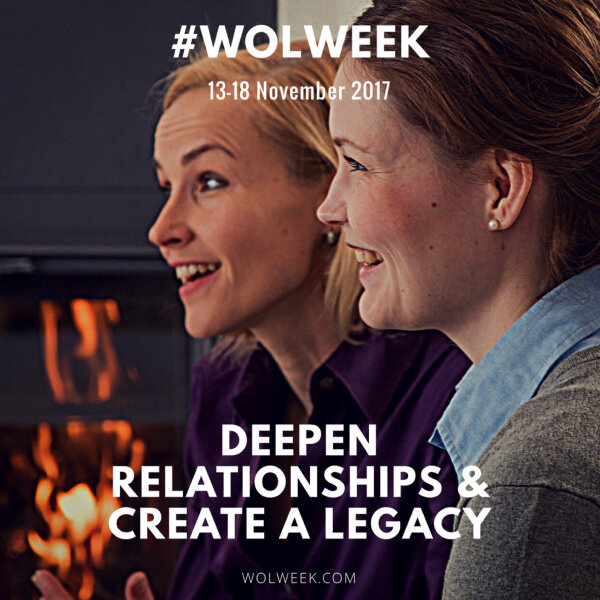
Work Out Loud Circles - Do they Bridge the Gap?
In celebration of Work Out Loud (WOL) week, we want to highlight the role WOL circles can play as a bridge between our world of exploration, discovery and innovation, and the one that occupies most of our time; the day to day tasks.


